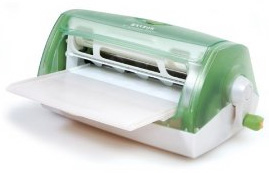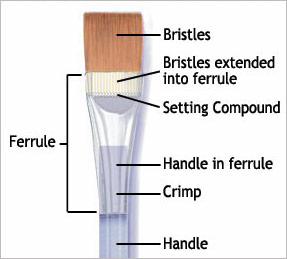 For my recent book Walking, I wanted to print the insides on one long piece of paper. I had paper long enough — 26 inches — and with the correct grain. But it is a thin Japanese-like paper and I didn’t want the interior to be semi-transparent.
For my recent book Walking, I wanted to print the insides on one long piece of paper. I had paper long enough — 26 inches — and with the correct grain. But it is a thin Japanese-like paper and I didn’t want the interior to be semi-transparent.
![]() The solution was to laminate another piece of paper to the printed sheet. I tried using wet glue, but my gluing skills aren’t good (or patient) enough. Plus the whole thing curled, despite putting it under weight (it curled because the papers I tried were stronger than the thin paper, and when glued together, the stronger paper pulled at the lighter paper). I tried a non-wet adhesive (Yes paste) which doesn’t cause the paper to curl but it’s hard to work with on such a long sheet.
The solution was to laminate another piece of paper to the printed sheet. I tried using wet glue, but my gluing skills aren’t good (or patient) enough. Plus the whole thing curled, despite putting it under weight (it curled because the papers I tried were stronger than the thin paper, and when glued together, the stronger paper pulled at the lighter paper). I tried a non-wet adhesive (Yes paste) which doesn’t cause the paper to curl but it’s hard to work with on such a long sheet.
![]() That’s when I remembered my Xyron laminator. I bought it originally to make kitchen magnets (it sandwiches a piece of paper between a magnet and thin protective plastic) but I also had cartridges that would apply glue to one side of a piece of paper. You feed the paper through the machine, turning the handle and the cartridge applies the glue or magnet sandwich. No electricity or batteries needed. The glue is spread evenly and the resulting sheet is easy to apply to another piece of paper. It’s not wet glue, so the paper doesn’t curl. The Xyron comes in several sizes. I happen to have the 9″ one, which turns out to be over-kill (and wasteful) for most of the projects I do — the 5″ wide model would have probably been a better choice.
That’s when I remembered my Xyron laminator. I bought it originally to make kitchen magnets (it sandwiches a piece of paper between a magnet and thin protective plastic) but I also had cartridges that would apply glue to one side of a piece of paper. You feed the paper through the machine, turning the handle and the cartridge applies the glue or magnet sandwich. No electricity or batteries needed. The glue is spread evenly and the resulting sheet is easy to apply to another piece of paper. It’s not wet glue, so the paper doesn’t curl. The Xyron comes in several sizes. I happen to have the 9″ one, which turns out to be over-kill (and wasteful) for most of the projects I do — the 5″ wide model would have probably been a better choice.

 Recently I forgot to clean my glue brush before I left the shop, rendering it a useless stiff mess by the next day. Running it under soapy warm water didn’t make it any more useable, so I started poking around on the web for another solution. But first I got sidetracked when I found the names for the parts of a brush — unrelated to my problem but I like the sound of the word “ferrule” (a metal ring or cap placed around a pole or shaft for reinforcement or to prevent splitting).
Recently I forgot to clean my glue brush before I left the shop, rendering it a useless stiff mess by the next day. Running it under soapy warm water didn’t make it any more useable, so I started poking around on the web for another solution. But first I got sidetracked when I found the names for the parts of a brush — unrelated to my problem but I like the sound of the word “ferrule” (a metal ring or cap placed around a pole or shaft for reinforcement or to prevent splitting).